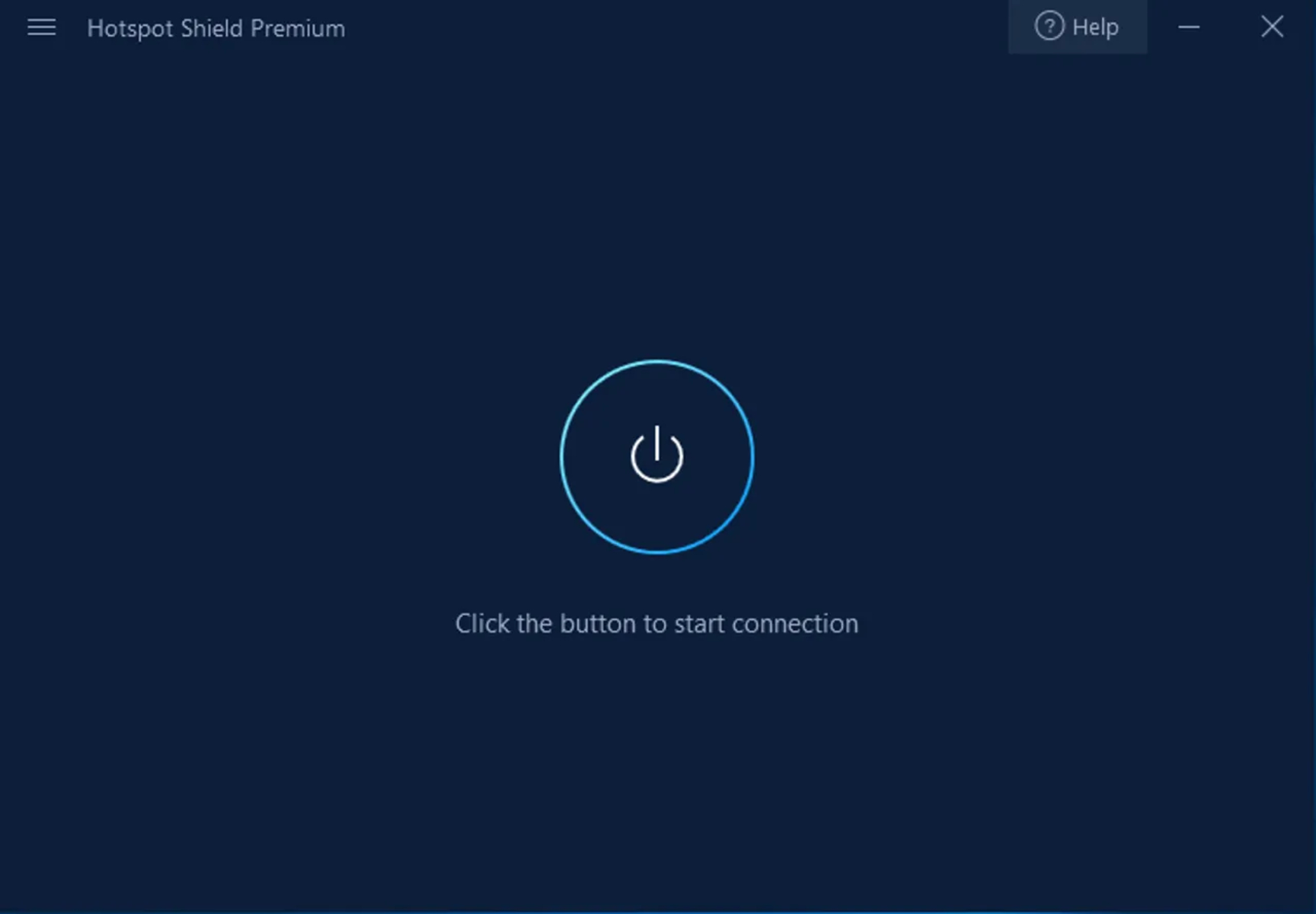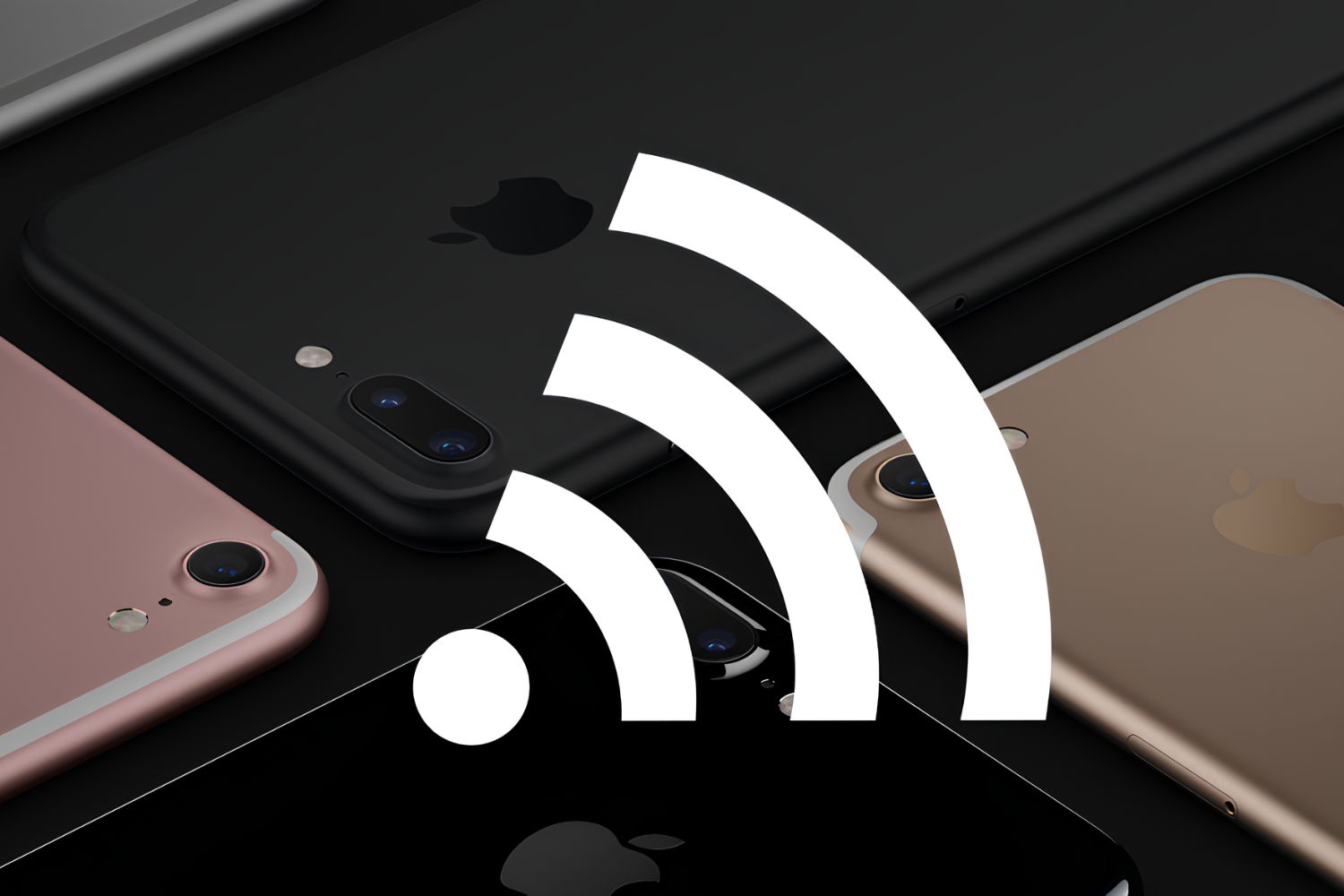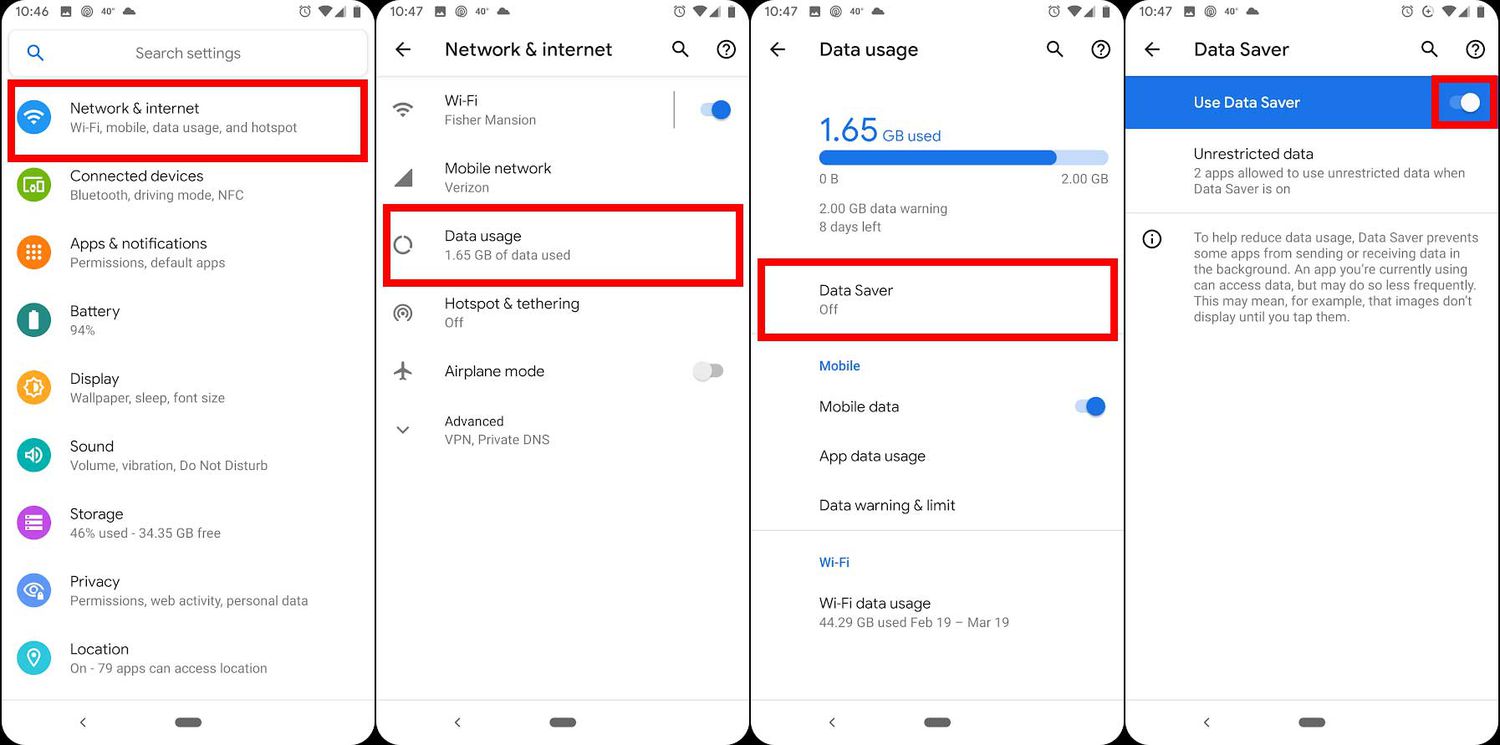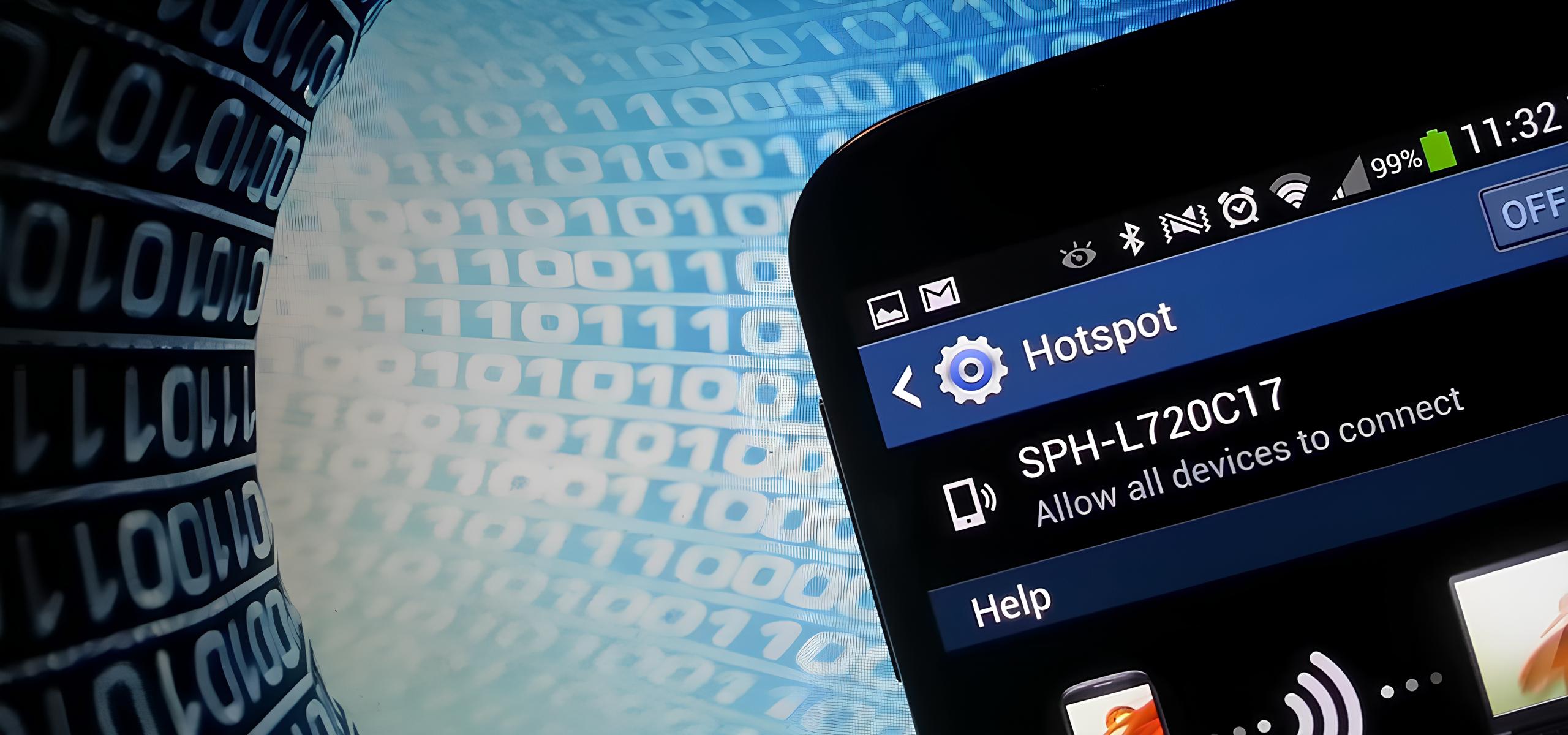Introduction
In today's fast-paced digital world, staying connected is more important than ever. Whether it's for work, leisure, or simply keeping in touch with loved ones, having a reliable internet connection is a necessity. This is where hotspots come into play. A hotspot refers to a physical location where people can access the internet, typically using Wi-Fi, via a wireless local area network (WLAN) with a router connected to an internet service provider.
Understanding the range of a hotspot is crucial for ensuring seamless connectivity. The hotspot range determines the area within which devices can connect to the internet via the hotspot. It's akin to the reach of a lighthouse's beam, illuminating the surrounding waters and guiding ships to safety. Similarly, the range of a hotspot dictates the extent to which users can tap into its internet connectivity.
In this comprehensive guide, we will delve into the intricacies of hotspot range, shedding light on the factors that influence it and providing valuable tips for extending its reach. By gaining a deeper understanding of hotspot range, you'll be better equipped to optimize your internet connectivity, whether you're setting up a hotspot for a small gathering or managing a network for a bustling event. So, let's embark on this enlightening journey into the realm of hotspot range and discover the key elements that define its scope and potential.
What is a Hotspot Range?
A hotspot range refers to the coverage area within which devices can connect to a wireless hotspot and access the internet. Think of it as the invisible sphere of connectivity emanating from the hotspot, encompassing the space where users can tap into its Wi-Fi signal. The range of a hotspot is determined by various factors, including the type of router, its transmission power, environmental obstacles, and interference from other devices.
Understanding the dynamics of hotspot range is essential for effectively managing and utilizing wireless networks. Whether you're in a bustling coffee shop, a conference hall, or a cozy home setting, comprehending the reach of a hotspot is pivotal for ensuring seamless connectivity. Moreover, the concept of hotspot range extends beyond mere physical distance; it also encompasses the quality and strength of the Wi-Fi signal within its coverage area.
Hotspot range plays a crucial role in facilitating smooth internet access for a multitude of devices, such as smartphones, laptops, tablets, and IoT (Internet of Things) devices. The ability to connect to a hotspot within its range empowers users to stay productive, entertained, and informed, regardless of their location within the coverage area.
In essence, the hotspot range serves as the virtual bridge that connects users to the vast expanse of the internet, allowing them to harness its boundless resources and opportunities. By grasping the intricacies of hotspot range, individuals and businesses can optimize their wireless connectivity, fostering a dynamic environment where seamless internet access becomes the norm.
As we unravel the multifaceted nature of hotspot range, we'll gain insights into the factors that influence its reach and delve into practical tips for extending its coverage area. With a deeper understanding of hotspot range, you'll be better equipped to harness the full potential of wireless connectivity, transcending barriers and embracing a world of limitless digital possibilities.
Factors Affecting Hotspot Range
The range of a hotspot, much like the reach of a benevolent beacon, is influenced by a myriad of factors that collectively define its coverage area and signal strength. Understanding these influential elements is paramount for optimizing the performance and reach of a wireless hotspot. Let's delve into the key factors that shape the extent of a hotspot's range:
1. Router Type and Antenna Configuration
The type of router used in establishing a hotspot plays a pivotal role in determining its range. Routers equipped with high-gain antennas, such as omnidirectional or directional antennas, can significantly enhance the coverage area of the hotspot. Omnidirectional antennas emit signals in all directions, making them suitable for providing 360-degree coverage in open spaces. On the other hand, directional antennas focus the Wi-Fi signal in a specific direction, ideal for targeting connectivity to a particular area or overcoming signal obstructions.
2. Transmission Power
The transmission power of the router directly impacts the strength and reach of the Wi-Fi signal. Higher transmission power enables the signal to traverse greater distances and penetrate obstacles, thereby extending the hotspot range. However, it's important to adhere to regulatory guidelines and best practices when adjusting transmission power to avoid interference with other wireless networks and devices.
3. Environmental Obstacles
The physical environment in which the hotspot is deployed significantly influences its range. Obstacles such as walls, floors, and large structures can attenuate the Wi-Fi signal, reducing its effective range. Additionally, environmental factors like interference from electronic devices, microwave ovens, and Bluetooth devices can impact the stability and reach of the hotspot's signal.
4. Frequency Band and Channel Selection
The frequency band utilized by the router, such as 2.4GHz or 5GHz, and the selection of Wi-Fi channels can impact the range and performance of the hotspot. While the 2.4GHz band offers better coverage over longer distances and better penetration through obstacles, the 5GHz band provides higher data transfer speeds but may have a shorter effective range. Strategic channel selection can mitigate interference and optimize the signal propagation, thereby influencing the overall range of the hotspot.
5. Interference from Other Wireless Networks
The presence of other wireless networks operating in the vicinity can introduce interference, potentially affecting the range and stability of the hotspot's signal. Co-channel and adjacent-channel interference from neighboring networks can diminish the effective coverage area of the hotspot. Employing advanced Wi-Fi management techniques, such as selecting optimal channels and minimizing co-channel interference, can mitigate the impact of neighboring networks on the hotspot's range.
By comprehending and addressing these influential factors, individuals and organizations can proactively optimize the range and performance of their hotspots, fostering a seamless and robust wireless connectivity environment. With a nuanced understanding of these factors, the quest for extending and maximizing the reach of a hotspot becomes an informed and purposeful endeavor, empowering users to transcend the confines of traditional connectivity and embrace the boundless possibilities of wireless internet access.
Tips for Extending Hotspot Range
Expanding the reach of a hotspot's coverage area is a pursuit steeped in the quest for seamless connectivity and enhanced user experience. By implementing strategic measures and leveraging technological insights, it's possible to extend the range of a hotspot, transcending barriers and ushering in a realm of amplified wireless connectivity. Here are practical tips for extending the hotspot range:
1. Optimal Router Placement
The placement of the router is pivotal in maximizing the hotspot range. Positioning the router at a central location within the intended coverage area, free from obstructions and interference, can optimize signal propagation and extend the reach of the Wi-Fi network. Elevating the router to a higher position, such as mounting it on a wall or placing it on a raised surface, can further enhance its coverage area.
2. Strategic Antenna Orientation
For routers equipped with adjustable antennas, optimizing their orientation can significantly impact the hotspot range. Tilting and positioning the antennas to direct the Wi-Fi signal towards the intended coverage area can mitigate signal attenuation and expand the reach of the hotspot. Experimenting with antenna configurations, especially in environments with specific signal obstructions, can yield notable improvements in coverage.
3. Signal Amplification and Repeaters
Employing signal amplification techniques, such as using Wi-Fi repeaters or range extenders, can effectively broaden the hotspot range. These devices capture the existing Wi-Fi signal and rebroadcast it, extending the coverage area and overcoming signal limitations caused by environmental obstacles. Strategically placing repeaters within the coverage area can create a seamless network extension, ensuring comprehensive connectivity throughout the intended space.
4. Firmware Updates and Optimization
Regularly updating the router's firmware and optimizing its settings can enhance its performance and extend the hotspot range. Firmware updates often include improvements in signal transmission, stability, and compatibility, bolstering the router's capability to provide an expansive coverage area. Additionally, fine-tuning Wi-Fi settings, such as channel selection and transmission power, can further optimize the hotspot's range and signal quality.
5. Mesh Networking Solutions
Implementing mesh networking solutions, where multiple interconnected access points collaborate to create a unified Wi-Fi network, can revolutionize hotspot range extension. Mesh networks intelligently distribute the Wi-Fi signal across a wider area, seamlessly transitioning devices between access points to maintain optimal connectivity. This approach is particularly effective for large or complex environments, offering a scalable and resilient solution for extending the hotspot range.
By embracing these tips and integrating them into the management of wireless hotspots, individuals and organizations can unleash the full potential of their connectivity infrastructure. Extending the hotspot range goes beyond mere technical adjustments; it embodies a commitment to empowering users with seamless and pervasive internet access, transcending the confines of traditional connectivity and ushering in a new era of boundless digital possibilities.
Conclusion
In the realm of wireless connectivity, the notion of hotspot range serves as a defining element that shapes the landscape of internet access. As we conclude this insightful exploration into the intricacies of hotspot range, it becomes evident that the reach and performance of a wireless hotspot are not merely confined to physical boundaries, but rather extend into the realm of seamless user experience and digital empowerment.
The journey through the factors influencing hotspot range has unveiled the multifaceted interplay of technological, environmental, and strategic elements that define the extent of wireless connectivity. From the influence of router type and antenna configuration to the impact of environmental obstacles and interference, the factors affecting hotspot range underscore the dynamic nature of wireless networks and the nuanced considerations required to optimize their reach.
Furthermore, the practical tips for extending hotspot range have illuminated a path toward enhancing connectivity, transcending limitations, and embracing the full potential of wireless internet access. The strategic placement of routers, optimization of antenna orientation, and the integration of advanced networking solutions such as mesh networking exemplify the proactive measures that can amplify the reach of a hotspot, fostering an environment where seamless connectivity becomes the norm rather than the exception.
As we navigate the ever-evolving landscape of digital connectivity, the understanding of hotspot range emerges as a cornerstone for empowering individuals, businesses, and communities with pervasive and reliable internet access. By embracing the insights garnered from this exploration, stakeholders in the realm of wireless networks can orchestrate a symphony of seamless connectivity, transcending barriers and ushering in an era where the boundaries of internet access dissolve into a horizon of limitless possibilities.
In essence, the comprehension and optimization of hotspot range embody a commitment to harnessing the transformative power of wireless connectivity, fostering an environment where users can seamlessly navigate the digital realm, uninhibited by the constraints of traditional connectivity limitations.
As the digital landscape continues to evolve, the quest for extending hotspot range and optimizing wireless connectivity remains a journey of innovation, resilience, and empowerment. By embracing the principles and insights unveiled in this exploration, individuals and organizations can embark on a transformative odyssey, where the reach of wireless hotspots transcends mere technical specifications and converges into a realm of boundless digital experiences, seamlessly woven into the fabric of modern connectivity.
In closing, the understanding and optimization of hotspot range stand as beacons of empowerment, guiding us toward a future where seamless internet access becomes a ubiquitous reality, enriching lives, enabling progress, and fostering a world where connectivity knows no bounds.

























